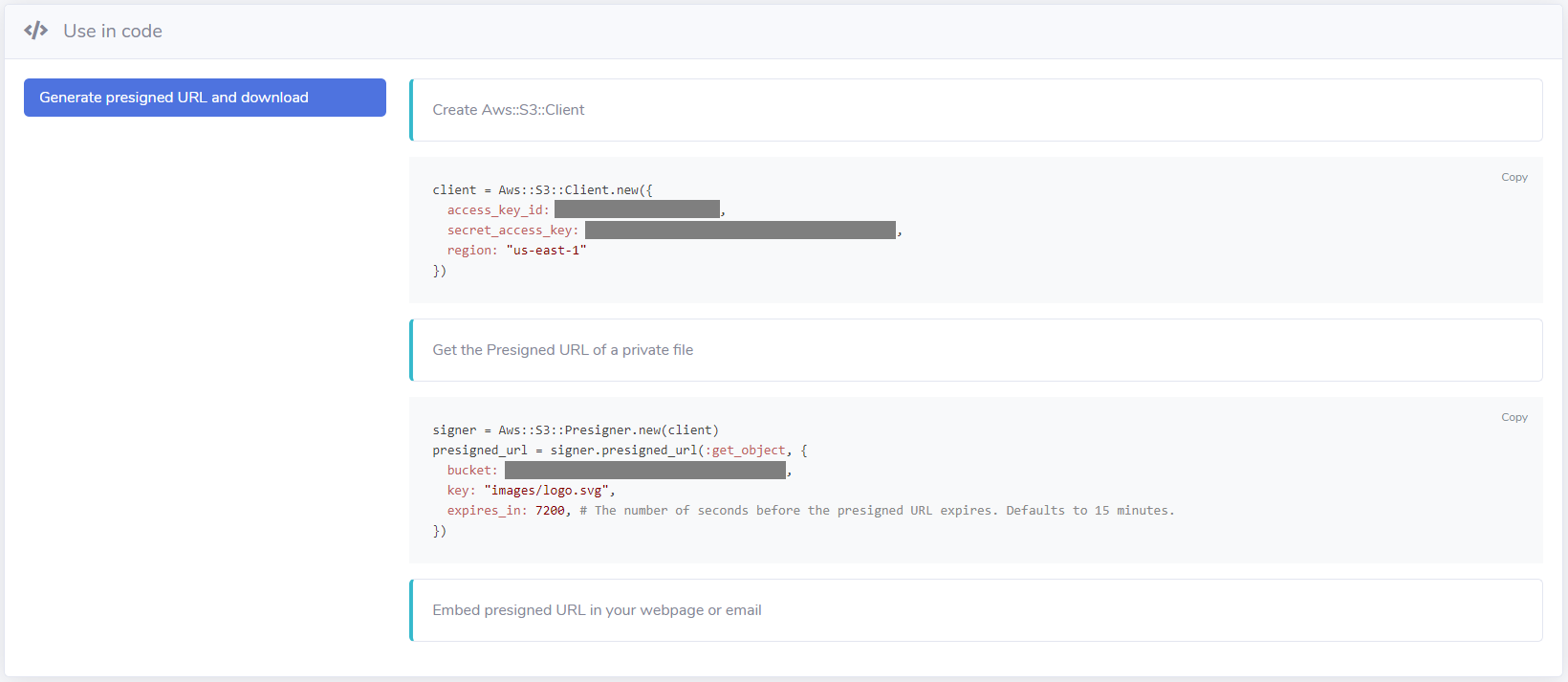

- #Heroku file storage how to
- #Heroku file storage install
- #Heroku file storage password
- #Heroku file storage free
#Heroku file storage password
Simply copy the URI and your password to use in your client of choice. Were working on adding IPFS support for basic file uploads to a number of other platforms.Once installed, click SFTP To Go to get your credentials and access your SFTP service:.In your app dashboard (new or existing one), click resources in the menu and then under addons type in sftp to go, pick your plan and click submit order form: Just one more step to go! 3. Now go back to your app dashboard to add SFTP To Go. In the following screen, click billing and then add credit card to provide your credit card details. Click your avatar at the top right corner of the screen and then account settings.
#Heroku file storage install
Heroku only bills you per use, meaning you are only charged if you install an add-on or start an app dyno. You’ll now see your new app dashboard! Congrats! Next, enter your credit card details. Give the app a unique name and pick the region it will be running in.ĭon't forget to use a cool, sensible name, like: “Best-App-Eveeeeer-2020”.Click the link, go back to Heroku and set your password. Next, go to your inbox and find the confirmation email from Heroku.
#Heroku file storage free
This is perfect if you would like to share files and data via familiar and secure protocols instantly. Adding direct uploads to your app allows you to offload the storage of static files from your app. Files are uploaded directly to the cloud from your user’s browser, without passing through your application. Your new feature will now work on your Heroku server while keeping your credentials hidden.SFTP To Go allows you to easily add storage to your Heroku app, which is accessible via SFTP, FTPS and S3 APIs. Simple File Upload is specifically designed to work with Heroku’s ephemeral filesystem. If you see google-credentials.json, you have configured it successfully! You can check this was completed successfully by navigating to the Heroku console, running 'bash' then 'ls' to see if the file is there. Now that the build pack is enabled and the config variables are set up, the app can be deployed and the google-credentials.json file will be generated on Heroku's file system.


Next, you need to enable this build pack using either: CLI INSTALLATION So re-name your file from the given file name, something like "apollo-test-ac46eef8fd13.json" to "google-credentials.json". Your project must be set up to read the data from "google-credentials.json" for this to work.
#Heroku file storage how to
If you haven't enabled a service account, downloaded your credential file and set it up in node, watch the video below by Ben Awad for a great explanation on how to do that (start at 2:00 minutes). The solution I found that kept my credentials hidden and secure was using this build pack from buyersight which generates the file on Heroku when you deploy. I ran into this issue when adding my project. If your project is using a package that loads credentials from a file instead of an environmental variable, configuration with Heroku can be confusing. Adding Google Cloud Credentials to Heroku


 0 kommentar(er)
0 kommentar(er)
